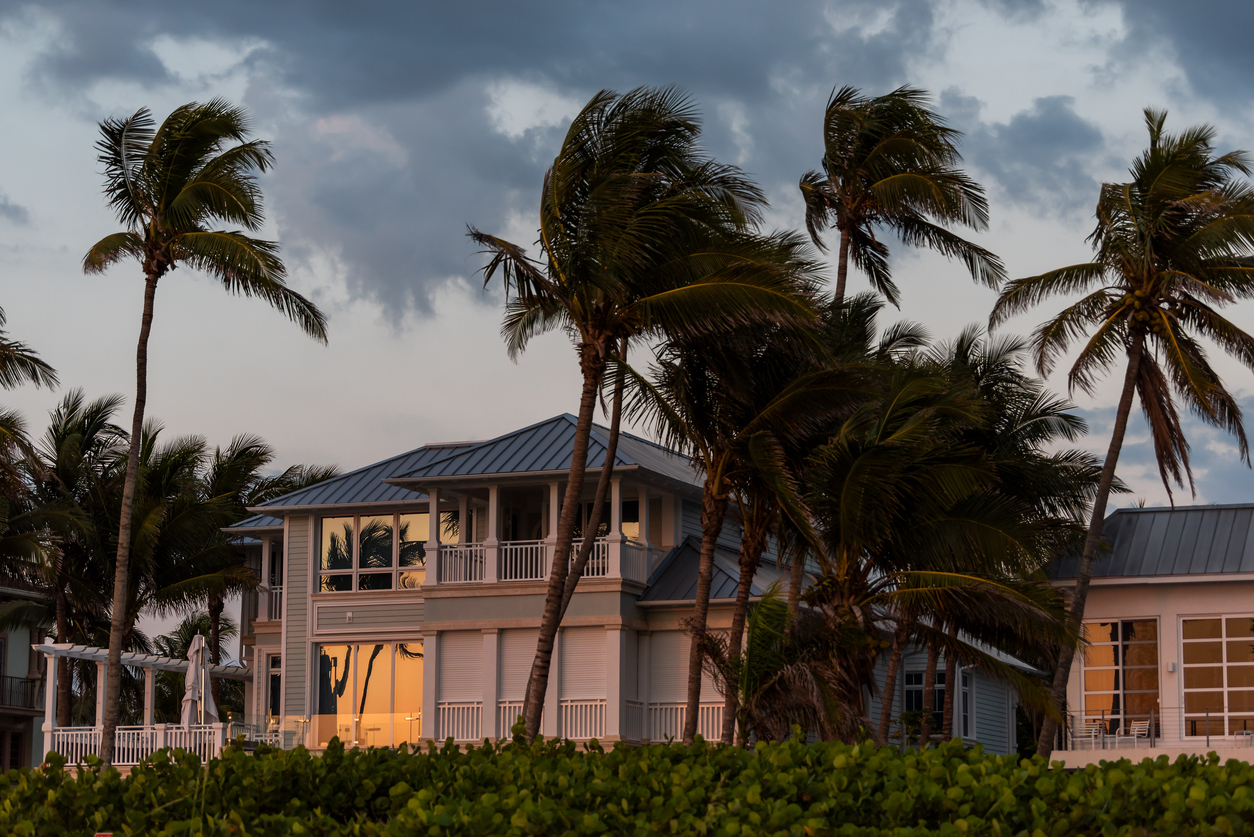Selecting the right roofing material is a crucial decision for homeowners in regions frequently battered by severe weather conditions. From hurricane-force winds to hailstorms and torrential downpours, your roof serves as the first line of defense against nature’s fury. This comprehensive guide examines the most resilient roofing options available for storm-prone areas, comparing their durability, wind resistance, impact tolerance, and overall performance during extreme weather events. By understanding the strengths and limitations of each material, you’ll be better equipped to make an informed decision that provides lasting protection for your home.
Understanding Wind Ratings and Storm Resistance
Before diving into specific materials, it’s important to understand how roofing products are rated for storm resistance. Wind ratings are typically measured in miles per hour, indicating the maximum wind speed a properly installed roof can withstand without sustaining damage. The highest-rated storm proof roof options can resist winds exceeding 150 mph, a critical feature in hurricane-prone coastal regions. Additionally, impact resistance classifications range from Class 1 (least resistant) to Class 4 (most resistant), measuring a material’s ability to withstand hail and flying debris. These standardized ratings provide valuable guidance when comparing different roofing options for your storm-vulnerable home.
Metal Roofing: Superior Wind Resistance
Metal roofing consistently ranks among the best roofing material choices for areas prone to high winds and severe storms. Modern metal roofing systems can withstand wind gusts of 140-180 mph when properly installed, significantly exceeding the performance of traditional asphalt shingles. Standing seam metal roofs, which feature raised seams that connect panels and keep water out, offer exceptional hurricane resistant roof qualities due to their interlocking panel system that minimizes wind uplift. Additionally, metal roofs are highly impact-resistant, non-combustible, and typically last 40-70 years with minimal maintenance, making them an excellent long-term investment for storm-prone regions despite their higher initial cost.
Impact-Resistant Asphalt Shingles
For homeowners seeking a more traditional aesthetic while still prioritizing storm protection, impact-resistant asphalt shingles offer a compelling middle ground. These specialized shingles are reinforced with either a polymer mesh backing or SBS (styrene-butadiene-styrene) modified asphalt, significantly enhancing their durability compared to standard asphalt products. The highest-quality impact-resistant shingles achieve Class 4 impact ratings and can withstand winds up to 130 mph when installed with enhanced nailing patterns and starter strips. While not quite as wind resistant roofing as metal, these shingles represent a significant upgrade over standard asphalt products at a more moderate price point, making them popular in tornado and hail-prone regions.
Concrete and Clay Tiles
Tile roofing, particularly concrete and clay varieties, has long been favored in hurricane-prone regions like Florida and coastal Texas. When properly installed with hurricane straps and adhesive foam, high-quality concrete tiles can resist winds up to 150 mph. Their substantial weight provides inherent stability during high winds, while their curved design helps deflect flying debris. Clay tiles offer similar benefits with added aesthetic appeal, though they tend to be more brittle than concrete alternatives. The experts at AskHomey recommend that homeowners in storm-prone areas should ensure that tile roofs are installed by specialists familiar with hurricane-resistant installation techniques, as proper installation is crucial to maximizing their protective capabilities.
Synthetic Roofing Products
Synthetic roofing materials, including composite shingles and polymer-based slate alternatives, represent the newest category of durable roof options for storm-prone areas. These innovative products are engineered specifically to withstand extreme weather conditions, with many achieving Class 4 impact ratings and wind resistance up to 110-130 mph. The primary advantage of synthetic options is their ability to mimic the appearance of traditional materials like slate or wood shake while offering superior performance during storms. Additionally, they typically weigh less than natural materials, reducing structural stress during installation and throughout the roof’s lifespan.
Installation Considerations for Storm Resistance
Even the most storm-resistant roofing material can fail if improperly installed. In high-wind regions, specialized installation techniques are essential for creating a truly hurricane resistant roof. These include using additional fasteners, applying roofing cement under shingle tabs, installing proper drip edges, and using enhanced underlayment systems. Hurricane straps or clips that connect the roof to the wall structure provide critical reinforcement during extreme wind events. Homeowners should always verify that their roofing contractor is experienced with storm-resistant installation methods and familiar with local building codes designed for high-wind regions.
Making the Final Decision
When selecting a wind resistant roofing solution for your home, consider not only the material’s performance ratings but also your budget, aesthetic preferences, and the specific weather challenges in your region. Metal roofing generally offers the best overall protection but comes at a premium price. Impact-resistant shingles provide excellent value and familiar appearance. Tile and synthetic options each have their unique advantages depending on your specific circumstances. Whatever material you choose, proper installation and regular maintenance are essential to ensuring your roof delivers the protection you expect when severe weather strikes.
For more tips and to connect with reliable home service professionals, follow AskHomey on Facebook and Instagram.



